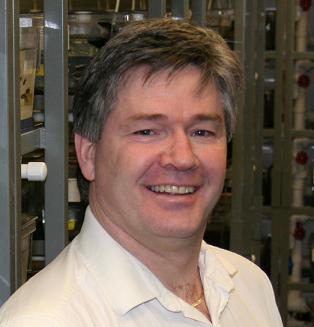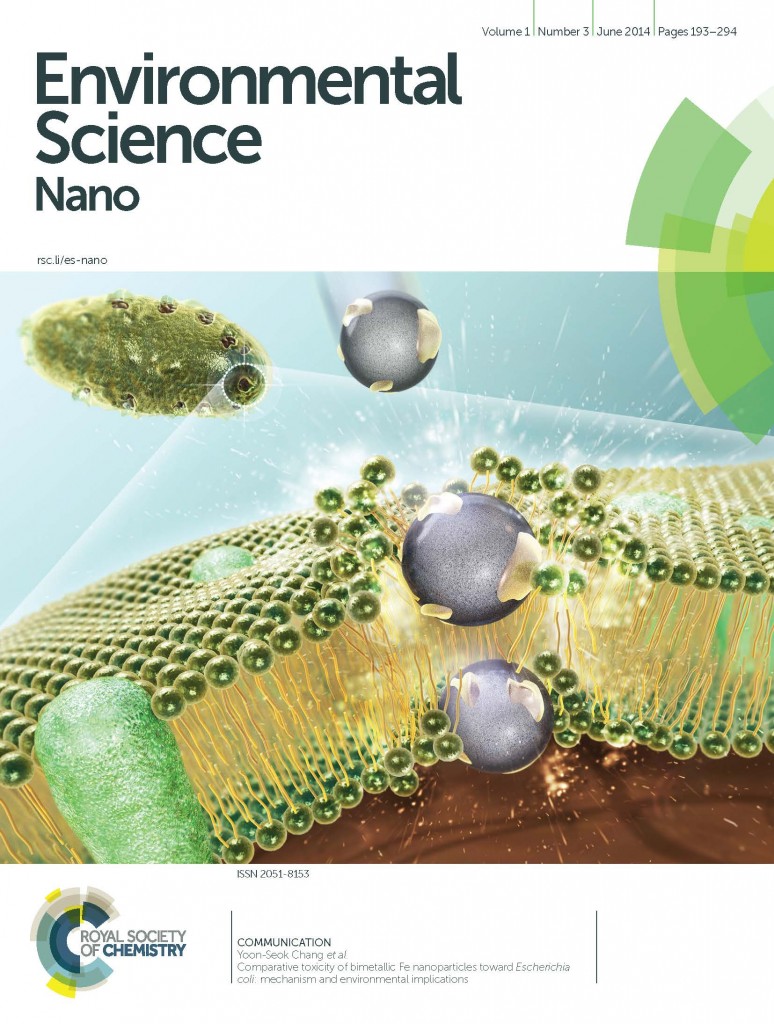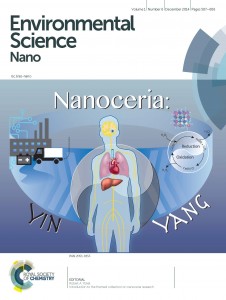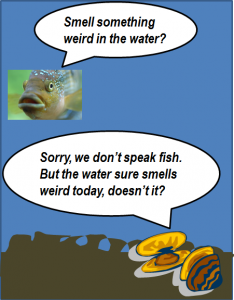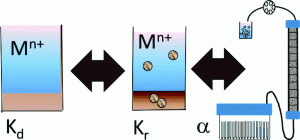We are delighted to introduce Vincent Hackley as an Advisory Board Member for our journal Environmental Science: Nano.
Vincent Hackley
Dr. Hackley is a Project Leader of the Materials Measurement Science Division at the U.S. National Institute of Standards and Technology (NIST).
Vince’s exciting research is focused on development of methods, protocols, and standards related to the metrology of nanoscale materials and the assessment of their transformations and fate in biological and environmental systems.
He is active in a broad range of nanomaterial science & technology related efforts, including development of reference materials, international standards, environmental implications, biomedical applications, development of novel analytical techniques, and application of optical, x-ray and neutron scattering methods to materials characterisation problems.
His project team has tackled a substantial range of metrologically challenging issues relevant to key areas of nanotechnology, including nano-enabled consumer products, nanomedicine, nanotoxicology and nanomanufacturing. Specific challenges include quantifying surface-bound functional and bioactive ligands, competitive ligand adsorption, size-dependent elemental analysis, fractionation of complex multi-component systems, photo- and redox induced transformations of silver nanoparticles, and dimensional metrology for asymmetric nano-objects, among others.
“We conduct research on the development of innovative metrologies and measurement protocols for micro/nano-scale heterosystems analysis.”
Vincent Hackley, Advisory Board Member, Environmental Science: Nano
Make sure you don’t miss out on the latest journal news by registering your details to receive the regular Environmental Science: Nano e-alerts.
Follow us on Twitter @EnvSciRSC.















